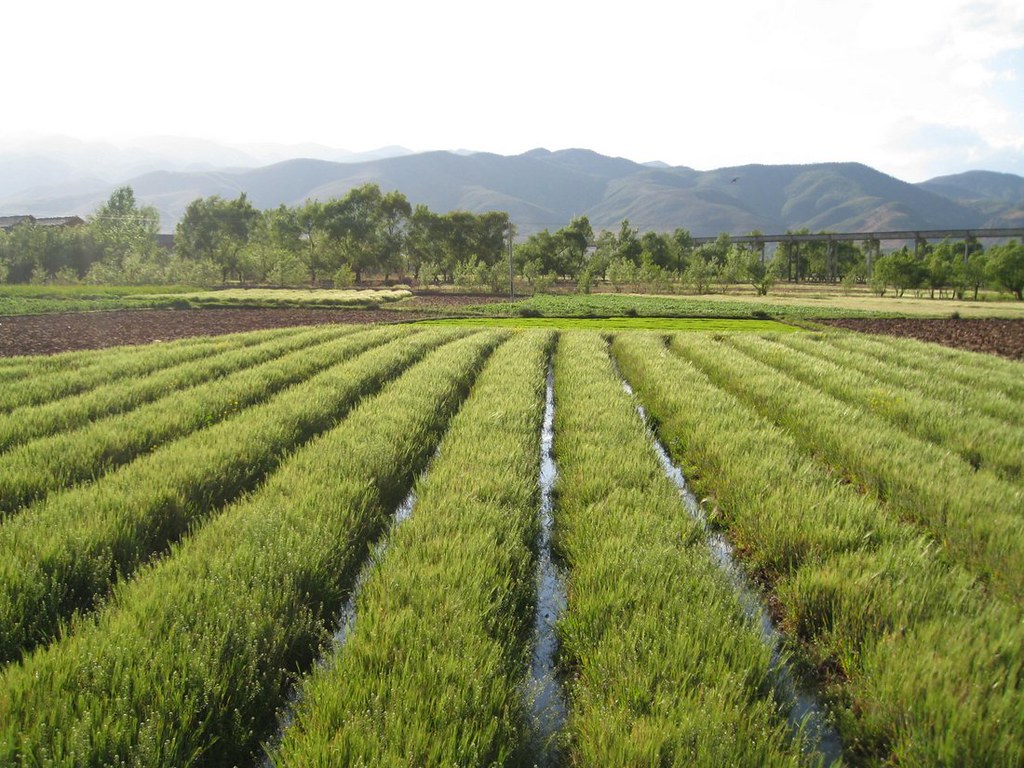An Australian story

The 26th Conference of the Parties (COP26) is the long-awaited meeting on climate change that brings together key leaders to agree on the next steps to avoid a climate catastrophe.
While much of the political conversation in Australia has been focused on negotiations around setting a target of net zero emissions by 2050, average global land surface temperatures over the period 2011 to 2020 are already 1.5 degrees Celsius greater than they were between 1850 and 1900.
Thus, the immediate priority is about the next decade, not what is promised by 2050. Without strong action now, the chances of keeping global temperature increases to less than 2.7 degrees Celsius this century is remote.
How the climate affects the hydrological system, and vice versa, is a key, but too often ignored, global risk of climate change.
The climate emergency and water crises are inextricably linked. More frequent and severe droughts and floods are already occurring because of climate change. This water-climate change emergency will also affect global food production, human health, energy production, and even the very survival of people and communities.
These water-climate change risks have been well documented by the Intergovernmental Panel on Climate Change. A 2020 United Nations report detailed why there is an urgent need to act on the water-climate change emergency, and highlighted the critical importance of freshwater systems to both sequester carbon and to deliver the 2030 Sustainable Development Goals.
Given the huge costs associated with the water-climate change emergency, you would think that the federal government of the world’s driest inhabited continent, Australia, should be in the forefront of climate change mitigation and adaption.
In fact, it’s a laggard, not a leader. The Australian Government abolished its carbon price in 2014, yet research shows the majority of Australians support implementing stronger climate mitigation efforts now – even if this involves significant costs. But the Australian Government shows no sign of going a ‘stretch further’.
Australians should be very worried about what’s coming. The country’s 2019-20 wildfires had a clear climate signal. These fires directly caused the deaths of 34 people and hundreds of millions of animals, the destruction of about 2,400 homes, and left many million hectares of burnt land. These wildfire impacts were also disproportionately borne by the most disadvantaged communities.
South-eastern Australia’s most recent drought ended in 2020. It showed that Australia has a real water emergency. The ‘new normal’, thanks to climate change, means that it will get hotter and drier where many Australians live, with much a higher frequency of extreme heat events. Further heating will come on top of more than a doubling of the number hot days in Australia over the past 50 years.
Solving Australia’s water emergency requires much, much more than simply acknowledging that climate change will reduce streamflow in southern Australia. It demands a paradigm shift away from believing that Australia’s water problems can be solved by building more dams or that it’s a waste to leave water in a stream or a river.
Multiple solutions are needed to respond to the water-climate change emergency. Some of these actions include ensuring sustainable surface water extractions, water planning that adapts to climate change, much better water accounting, and greater recognition of the rights of Australia’s Indigenous peoples and their inclusion in decision-making.
Australia has a long way to go to fully include its First Peoples in terms of fresh water. According to the Murray Lower Darling Rivers Indigenous Nations and the Northern Basin Aboriginal Nations, “government decision making still does not fully consider how important water is for us and our Country. Instead it prioritises everyone else over us.”
A key way forward is to listen to Australia’s First Peoples. This requires that state decision-makers recognise Indigenous traditional knowledge holders. It also demands that decision makers respectfully respond to what First Nations leaders are saying.
Dr Anne Poelina, a Nyikina Warrwa marnin and a Traditional Owner, is an important voice. She chairs the Martuwarra Fitzroy River Council, an alliance six Indigenous Nations for whom the Martuwarra Fitzroy River in the Kimberley region of Western Australia is a living ancestral being with a right to life.
In the foreword to the 2020 Martuwarra Fitzroy River Conservation and Management Plan prepared by the Council, Dr Poelina provided key questions about how to govern water. They include:
Who and what counts and is counted? How do relationships between people and the ‘natural’ world produce value? How and where are decisions made? And whose visions of the future are being pursued?
These questions about the ‘who, what, where, when, how, and why’ of water demand a response from all who wish to deliver water justice and to stop further climate change. If we ignore this critical challenge, or if we stray from this narrow path to deliver climate and water justice, we risk damaging forever the only world that we have.
This piece was first published at Policy Forum, Asia and the Pacific’s platform for public policy analysis and opinion. Read the original here: https://www.policyforum.net/australia-it-is-time-to-talk-about-our-water-emergency/